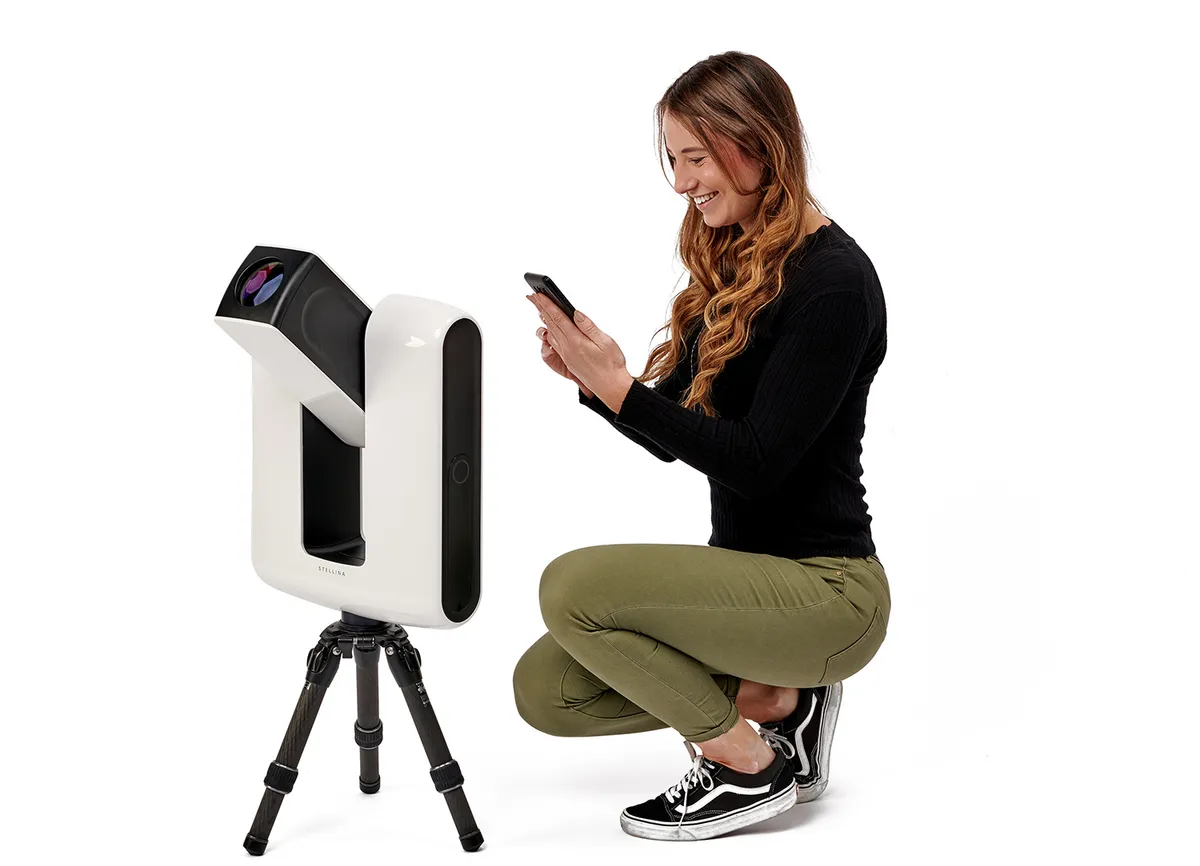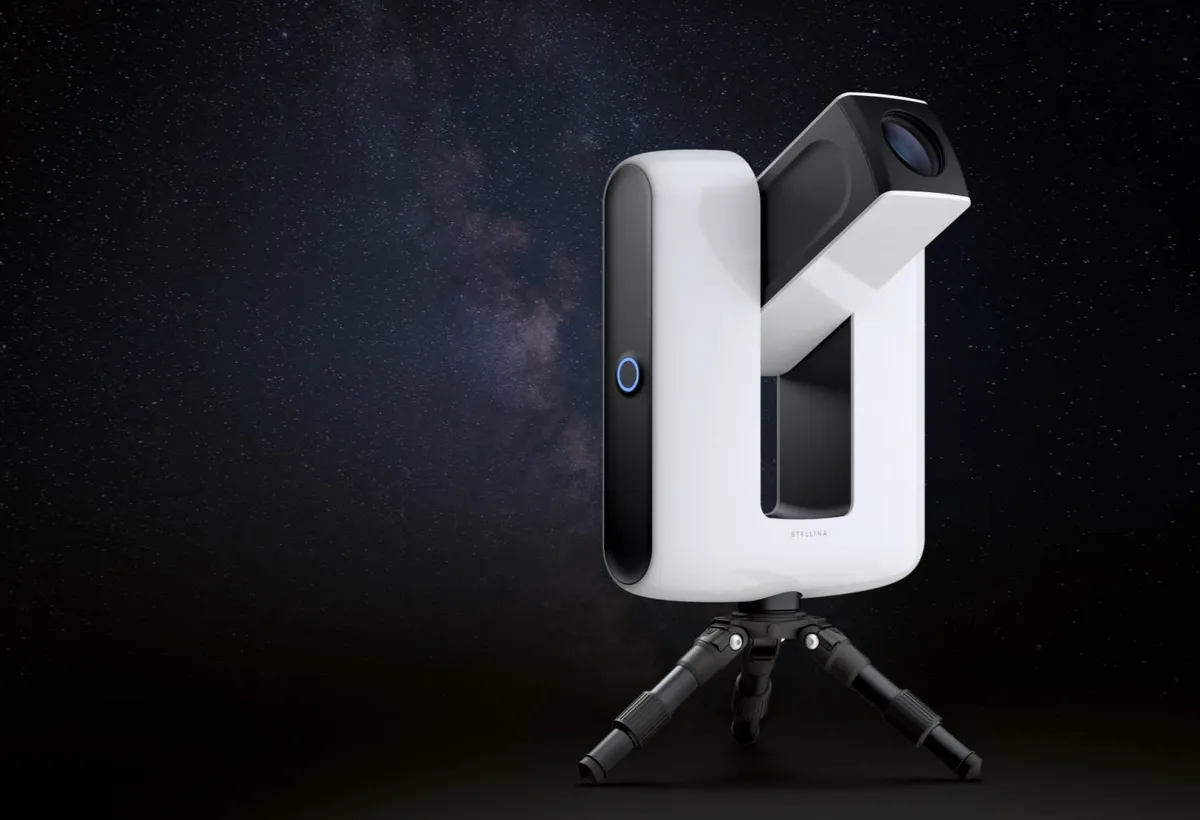Astrophotography is quite often considered a ‘dark art’.
Indeed, if you like tinkering and setting up lots of equipment to make it work together so you can capture that precious astro image, then you are indeed a dedicated astrophotographer, and that's fine.
But it can be quite involved and - dare I say - tedious if you just want to capture a deep-sky target with little fuss and without the paraphernalia required to get all that equipment to work.
Mot to mention the fact that most setups need a laptop in the field to control and capture the images.
So, what about beginners' astrophotography through a telescope?
For the full picture, read our full Stellina observation station telescope review

If you are looking to get started, I would suggest an easy system.
One for beginners to delve into astrophotography should be intuitive, light and easy to set up, be controllable to operate using a smart device and not involve any form of polar alignment.
Cue the Stellina Observation station that I was allowed to ‘play with’ and review way back in 2020.
I was a sceptic, but was equally inquisitive to see whether something you just put down, level, then control with an app to take deep-sky images could really do exactly that.
The answer is yes, it can.
Read our pick of the best telescopes for beginners and the best telescopes for astrophotography

With the Stellina you don’t have any control over how the image is framed, nor any adjustment of ISO and exposure but then, if you are patient and happy to let it work on its own, you will get results.
However, the Stellina isn’t cheap, so unless the price comes down dramatically it won’t be replacing all that wonderful astrophotography equipment – yet!
But it could be the future.
In many ways controlling it is like robotic astronomy, and plenty are doing that nowadays with more systems being set up around the world
So I and many others I’m sure, will be watching further developments with interest.
